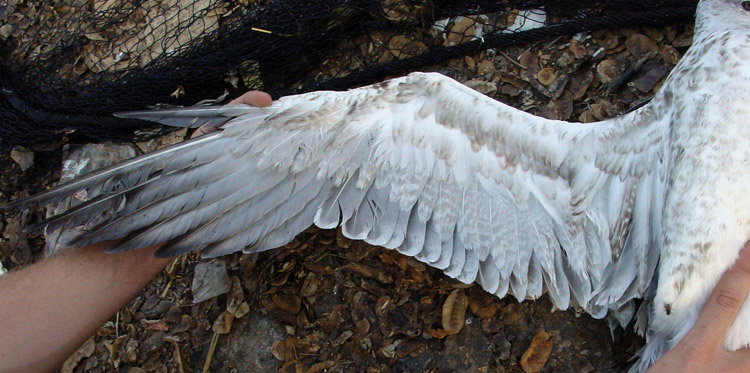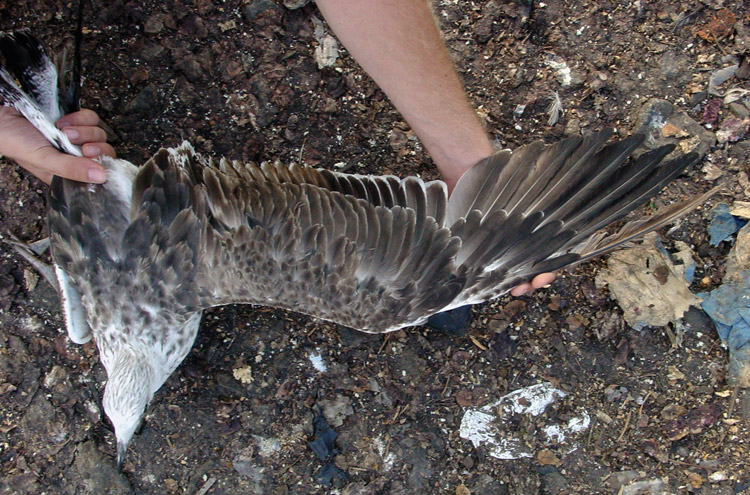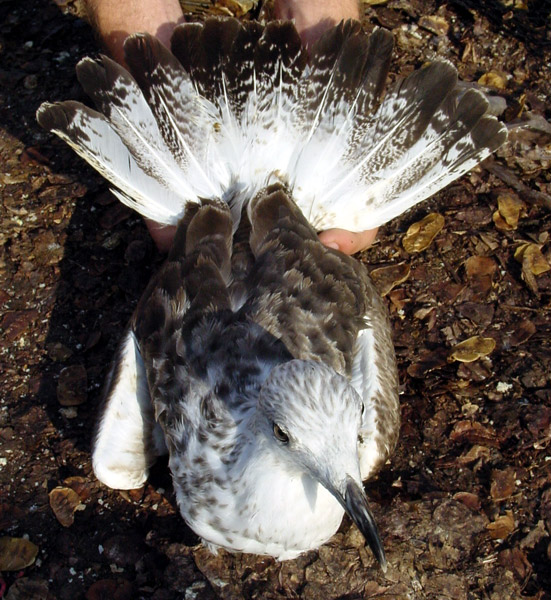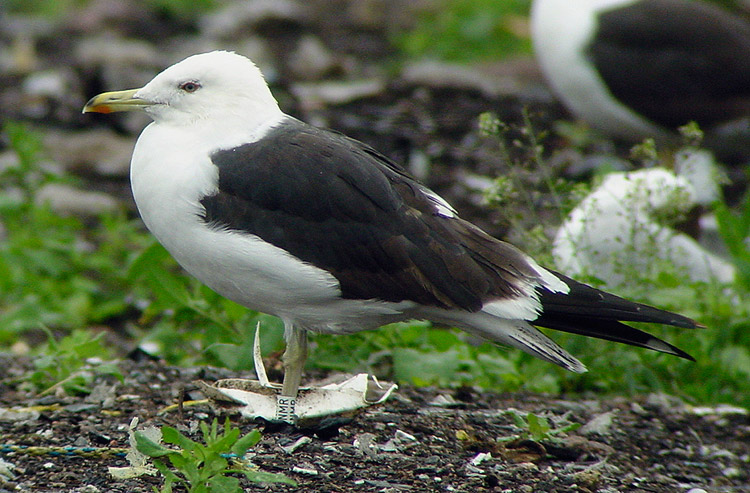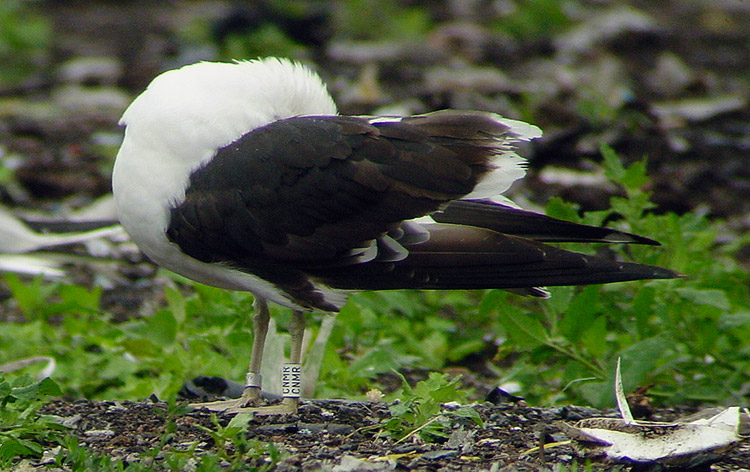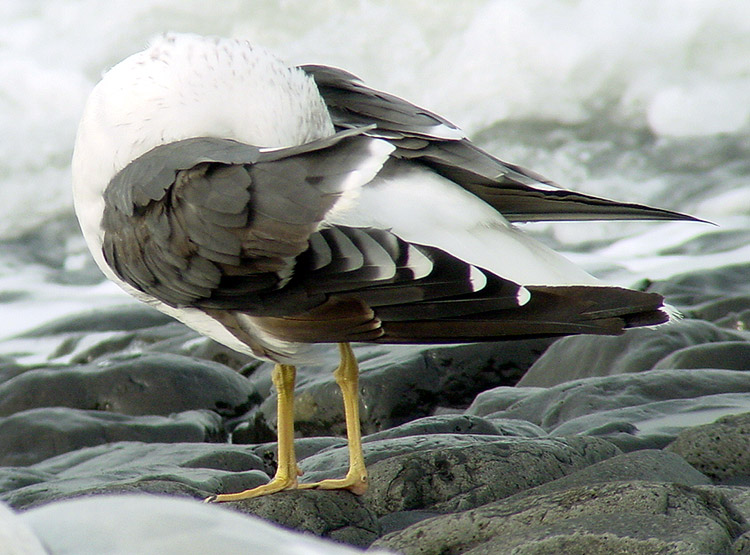 nominate Lesser Black-backed Gull (L. fuscus)
nominate Lesser Black-backed Gull (L. fuscus)
(last update:
Amir Ben Dov (Israel)
Hannu Koskinen (Finland)
Mars Muusse (the Netherlands)
fuscus 1cy July
fuscus 1cy Aug
fuscus 1cy Sept
fuscus 1cy Oct
fuscus 1cy Nov
fuscus 1cy Dec
fuscus 2cy Jan
fuscus 2cy Feb
fuscus 2cy March
fuscus 2cy April
fuscus 2cy May
fuscus 2cy June
fuscus 2cy July
fuscus 2cy Aug
fuscus 2cy Sept
fuscus 2cy Oct
fuscus 2cy Nov
fuscus 2cy Dec
fuscus 3cy Jan
fuscus 3cy Feb
fuscus 3cy March
fuscus 3cy April
fuscus 3cy May
fuscus 3cy June
fuscus 3cy July
fuscus 3cy August
fuscus 3cy Sept
fuscus 3cy October
fuscus 3cy Nov
fuscus 3cy Dec
fuscus 4cy Jan
fuscus 4cy Feb
fuscus 4cy March
fuscus 4cy April
fuscus 4cy May
fuscus 4cy June
fuscus 4cy July
fuscus 4cy Aug
fuscus 4cy Sept
fuscus 4cy Oct
fuscus 4cy Nov
fuscus 4cy Dec
fuscus ad Jan
fuscus ad Feb
fuscus ad March
fuscus ad April
fuscus ad May
fuscus ad June
fuscus ad July
fuscus ad Aug
fuscus unringed Aug
fuscus ad Sept
fuscus ad Oct
fuscus ad Nov
fuscus ad Dec
(6 images) Larus fuscus fuscus 2cy-3cy CNMR August 2002 & July 2003, Tampere, Finland (61.33N 24.59E).An example of an average 2cy fuscus in Finland, which is moulting the inner primaries, the outer median and lower lesser coverts and scapulars. Ringed as 2cy fuscus on August 11 2002, ringed white CNMR and metal HT-238.599. C5UJ was ringed in Tampere, Finland (61.33N 23.59E), ringed as 2cy in summer 2002: August 11 2002 by Risto Juvaste. Considering the upper-part moult, this is another example of typical Finnish fuscus, representing average 2cy fuscus. Recorded at Tampere: After July 12 2003, CNMR wasn't seen again at Tampere dump despite intense visits and may have moved further south from that date on. In the right wing, the greater coverts are plain grey second generation feathers. 75% of the median coverts are missing and some all dark feathers are probably third generation feathers. There is one lower lesser covert new third generation and 40% missing feathers. The lesser coverts are plain grey second generation feathers, some with a pronounced shaft streak, some with a broad dark central wedge. About 25% of the lesser coverts is missing. 4 images: fuscus 2cy CNMR, August 10 2002, Tampere, Finland.
2 images below: Larus fuscus fuscus 3cy CNMR, July 11-12 2003, Tampere, Finland. Larus fuscus fuscus in 2cy often returns with completely replaced primaries and secondaries. In 3cy, fuscus more often shows a clear division between fresh inner primaries and older outer primaries, the inner primaries often showing neat white tips and the outer primaries often second generation-like with rounded tips and paler bleached brown. The arrested moult in the primaries is often reflected in the secondaries and (to a less extend) in the tail-feathers as well. The older tail-feathers (often R5 is older) still show a broad dark sub-terminal band. CNMR, now in 3cy, has the six outer primaries bleached brown in the right wing. The small white crescents are already worn away. Interestingly, the arrested moult in the left wing in 2cy (P10 in the left wing was not included in the first moult wave) is reflected in 3cy: again P10 stands out as a pale brown primary, obvious one generation older than the other primaries. See also C0NM, another 3cy in active primary moult.
photo below: 3cy LBBG graellsii / intermedius, October 14 2001 Westkapelle, the Netherlands. Images added to compare inner primaries. This image shows a 3cy LBBG with new 3rd generation inner primaries. Note the obvious black sub-terminal band on P4-P6, especially on P5. P6 is full-grown with a broad black sub-terminal band and clear white tip, P7 is missing. The outer primaries, P8-P10, are old 2nd generation without tips and no mirror on P10.
|

